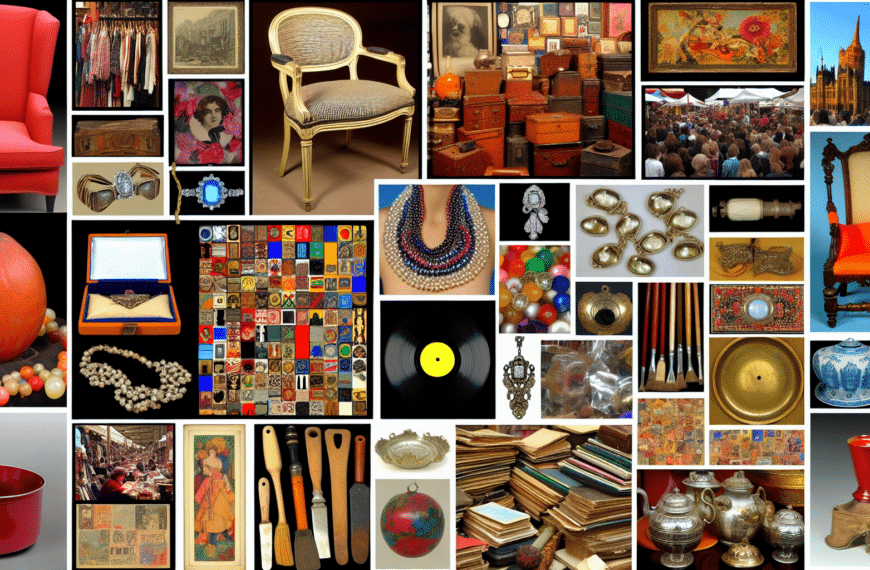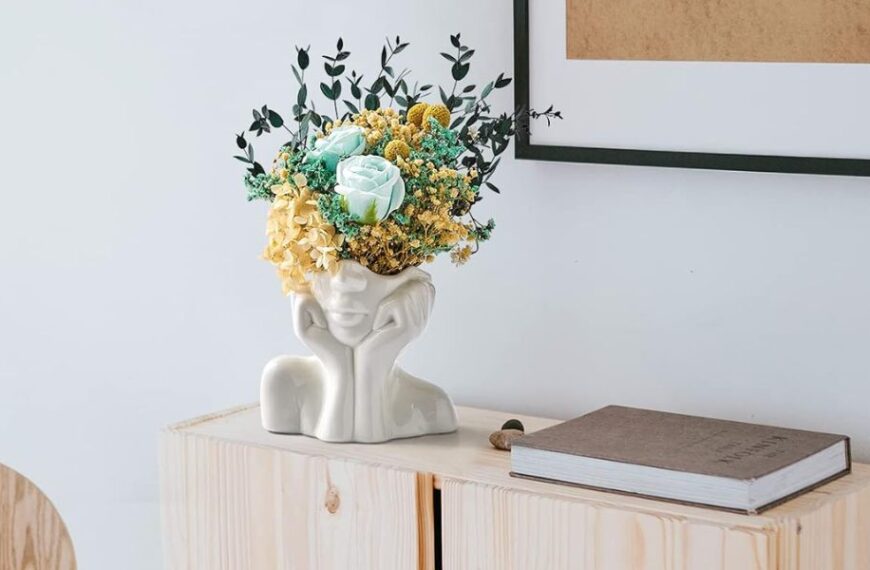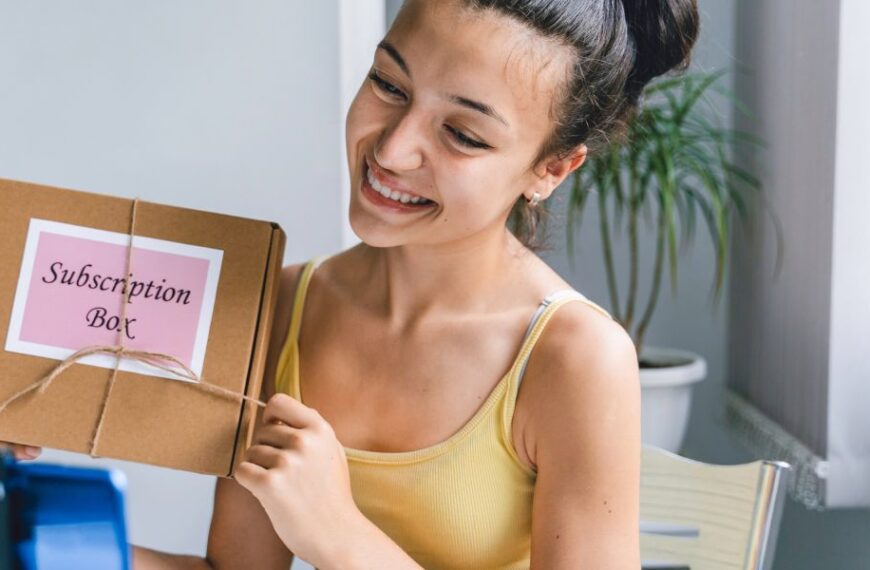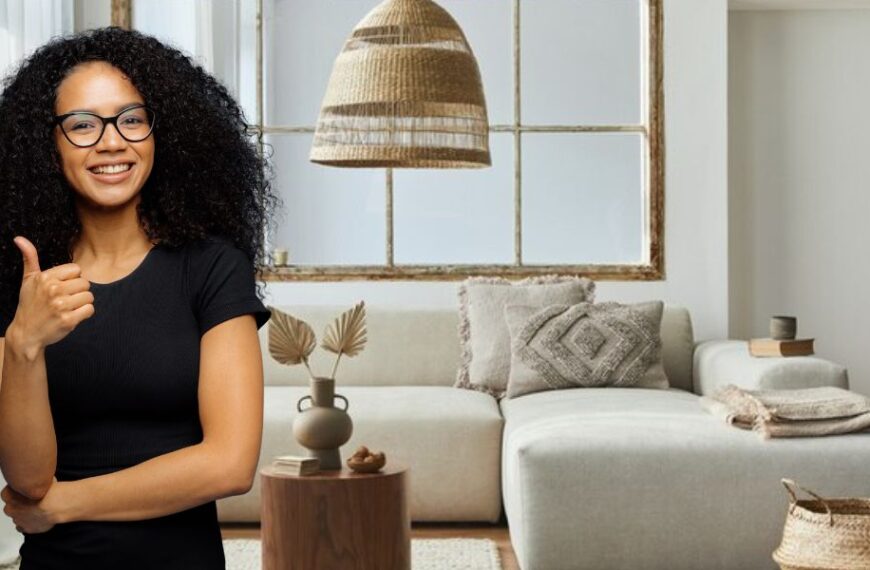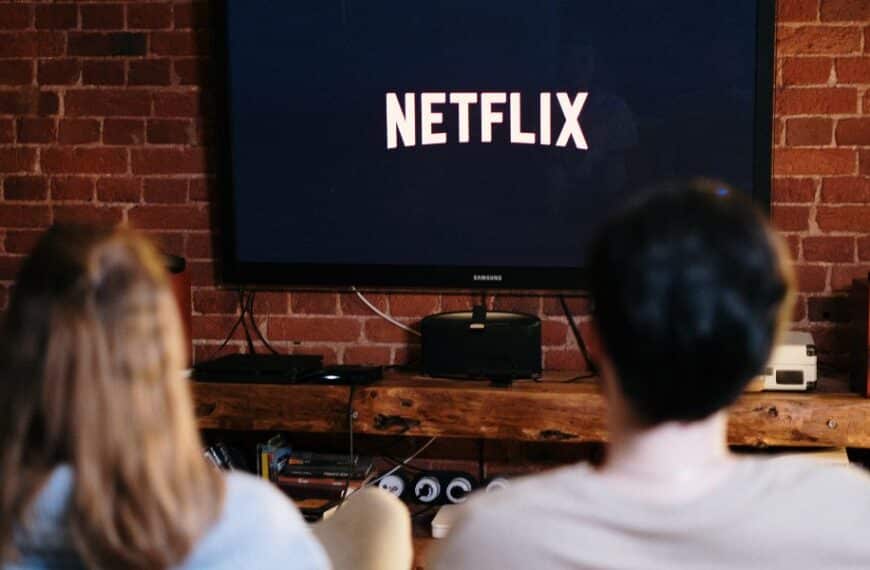Content
Every year, the global authority on color, Pantone, announces its prestigious ‘Color of the Year‘, leaving us wondering: how does Pantone decide what shade will have a huge impact on various industries’ collections and designs?
In this article, we delve into the process behind selecting Pantone’s trend color, including important factors influencing their decision and the role it plays in our daily lives.
The Origin of the Pantone Color System
Pantone was first established as an American company by Lawrence Herbert in 1963. With the aim of providing a standardized language for communicating colors across different professions,
Pantone introduced a unique identification system that assigns a specific code to every shade.
This groundbreaking system has since been widely adopted and relied upon by graphic designers, artists, and fashion professionals across the globe.
The Pantone Color Institute: The Masterminds Behind the Color of the Year
Driven by expert color psychologists, consumer behavior analysts, and marketing professionals, the Pantone Color Institute is at the forefront of identifying trending colors based on extensive research on culture, society, and global events.
Cross-disciplinary Research & Trend Analysis
To select the trend color for each year, Pantone’s team engages in numerous activities such as attending fashion shows, studying films and television series, observing emerging popular culture trends, and analyzing breakthroughs in technology and sciences.
This research allows them to notice recurring themes and sentiments shared by society, ultimately leading to a shift in color preferences.
In other words, Pantone’s experts are always looking for cues about cultural zeitgeist to pinpoint the perfect hue for upcoming years.
Emotional Resonance & Societal Sentiment
Pantone’s color of the year is meant to resonate with people on an emotional level, capturing their feelings and moods.
After a year marked by anxiety and uncertainty, Pantone might opt for calm, soothing tones as it did in 2021 with ‘Ultimate Gray’ and ‘Illuminating’.
Alternatively, if societal sentiments point towards optimism and growth, Pantone could select a more vibrant and lively color.
The Implications of the Chosen Trend Color
Once selected, the color of the year plays a significant role in influencing various industries such as fashion, interior design, marketing, technology, and even product packaging and automotive production.
Here are some consequences of Pantone’s trend-setting choice:
- Inspiration for Designers: Fashion and interior designers look to Pantone’s selection for inspiration when creating their seasonal collections or color schemes.
- Marketing Innovation: Brands and marketers take advantage of the trend color’s popularity to launch creative advertising campaigns and develop exciting products based on the chosen shades.
- A Defining Visual Element: The chosen trend color becomes a signature element that embodies the essence of that year, allowing us to identify various moments, events and memories through visual cues.
- Shaping Consumer Habits: The anticipation surrounding the annual announcement influences consumer behavior, leading to increased demand for products and experiences featuring the trend color.
Trend-Setting Examples & Predictions
While the specific hue for each year is kept secret until its grand reveal, below are examples from past announcements and predictions for upcoming years.
- Peach Fuzz (2024): Pantone has chosen Peach Fuzz as the color of the year for 2024, believed to be seen across clothing, appliances, home furnishings, and more.
- Calm & Innovational Greens (2023): Currently dominating the market, soothing greens have been in high demand, possibly paving the way for bluer tones next year.
- Variations of Blues (2022 – predicted): Various shades of blue, ranging from misty sky-like shades to bolder hues inspired by twilight or aquatic environments, are expected to become increasingly popular for design and marketing purposes.
In conclusion, Pantone’s process for selecting its trend color each year is a complex and intricate one.
Through constant research, meticulous analysis, and an understanding of people’s emotions, Pantone manages to pinpoint a hue that plays an influential role in shaping global trends across diverse sectors.


